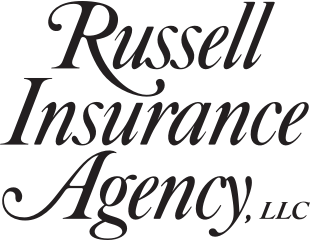
Wouldn’t it be nice to buy a homeowners policy that would guarantee replacement of your home in the event of a loss without any conditions? That concept may be appealing, but it’s not realistic. In order to charge the appropriate rate, the insurer would need to hire an appraiser to estimate the home’s replacement cost and determine what additional expenses would be necessary to bring the new home up to current building codes. This would have to include an estimate for the anticipated local inflation of materials and labor following a catastrophe loss, should that be involved. Then the insurer would need to update the insured value every year. While nothing prevents an insurer from doing this, it would make it difficult to market a policy having a significantly higher premium than its competitors.
Until some insurer decides to take responsibility for these expenses, assurance of the complete replacement of your home following a loss is going to depend on the effort you make to get accurate estimates, along with the expenses you are willing to assume. There are three steps to getting it right:
• First, you need a limit for current replacement cost based upon an appraiser’s or general contractor’s
determination of your specific home as it exists today.
• Second, you need a limit of insurance for the additional costs incurred to bring your home up
to current building codes from its original construction. You also need to consider the potential for having
to rebuild the entire home if it is substantially damaged according to code.
• Third, you need to estimate what percentage building costs may rise in the event demand for materials
and services are elevated following a catastrophic event.
Our agency is not a licensed appraiser of property, so we can only quote basic costs per square foot using estimators provided by the insurer or other online resources. Another option is to ask a local contractor in the area what the correct cost per square foot is for the type of home you own.
Remember, the replacement cost of your home is likely to be different from the market value, as that amount includes the lot size, location, age, aesthetics, neighborhood, economy and expected local development.
We recommend that you make the best determination you can for each of the three categories above and add a little cushion for error. Please call us for assistance in placing appropriate limits on your policy.

